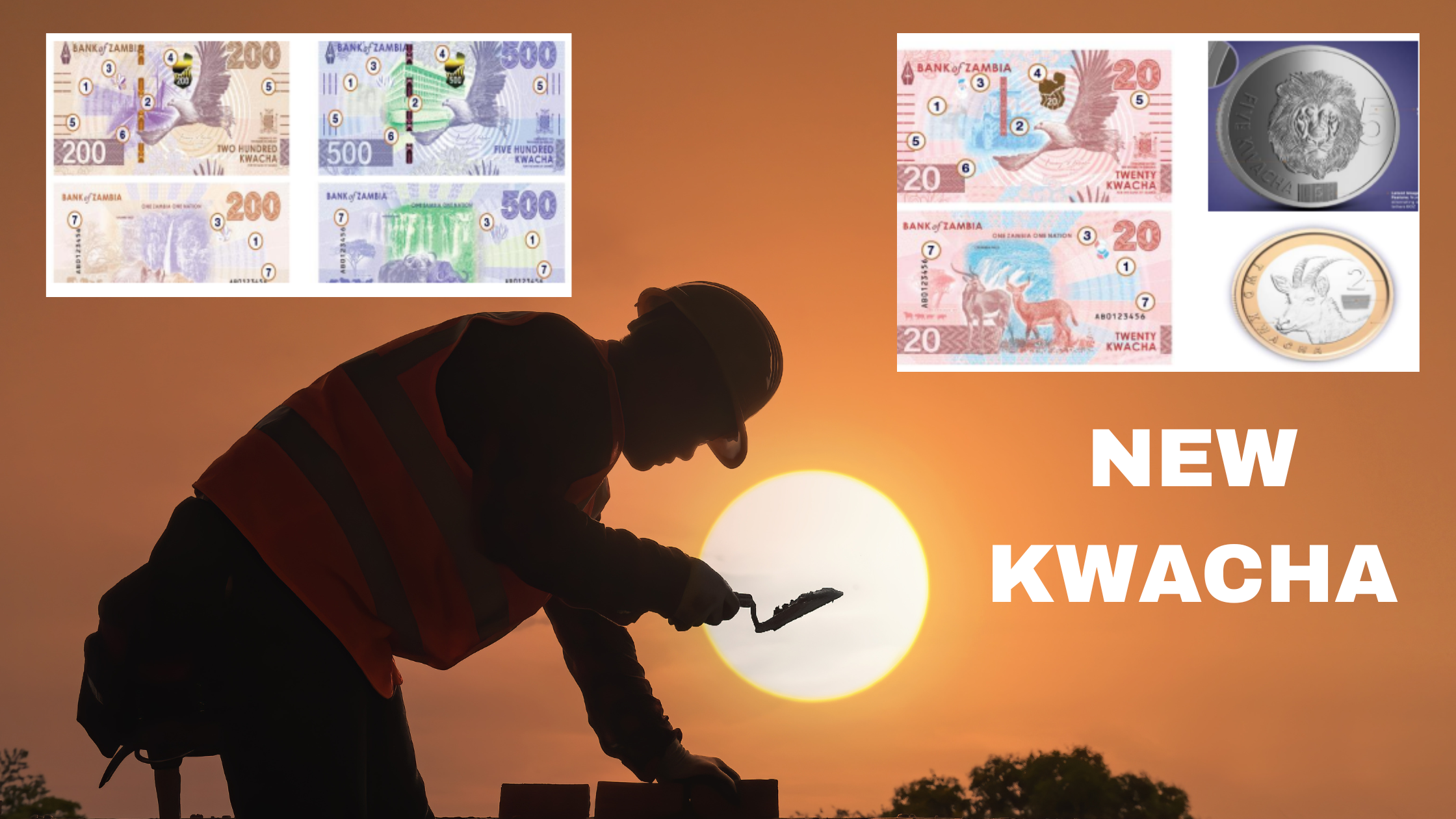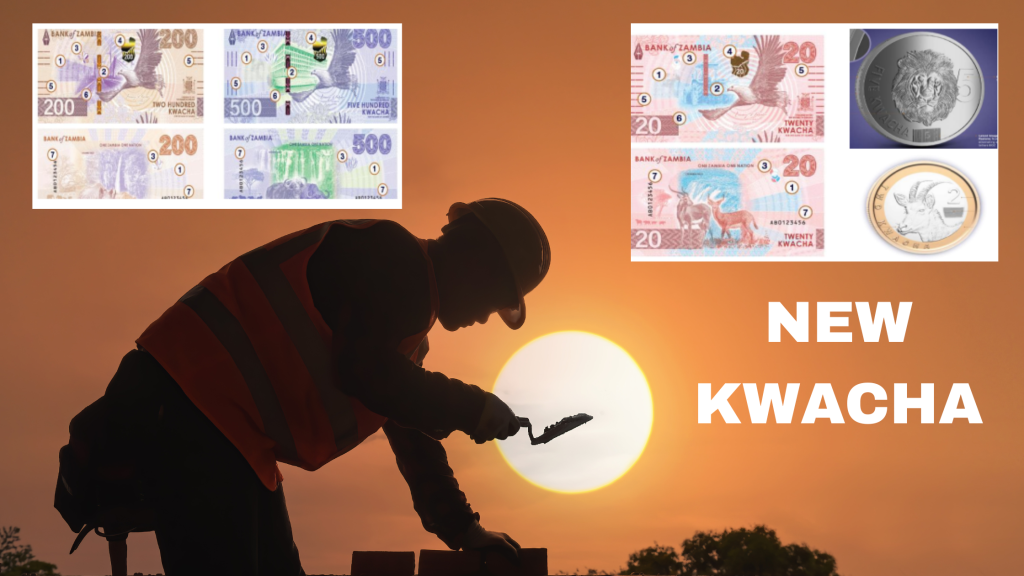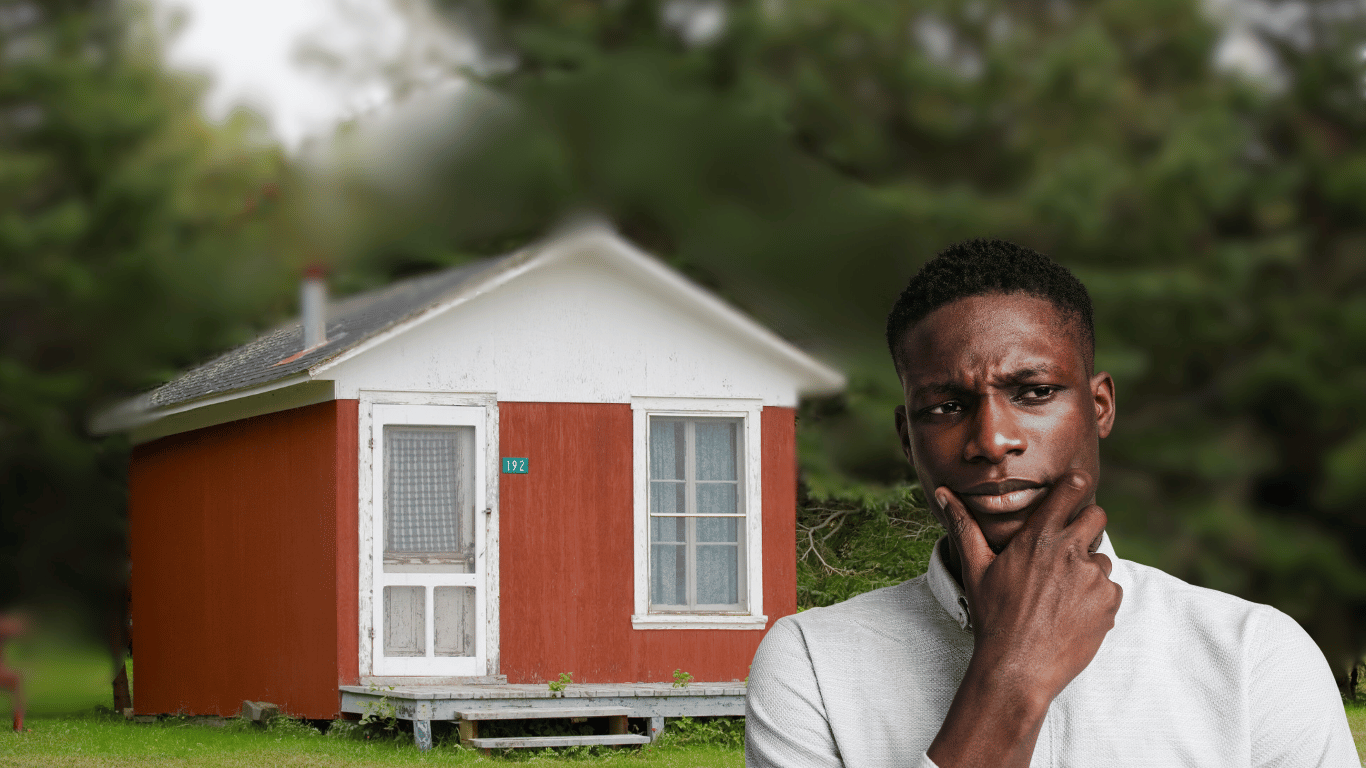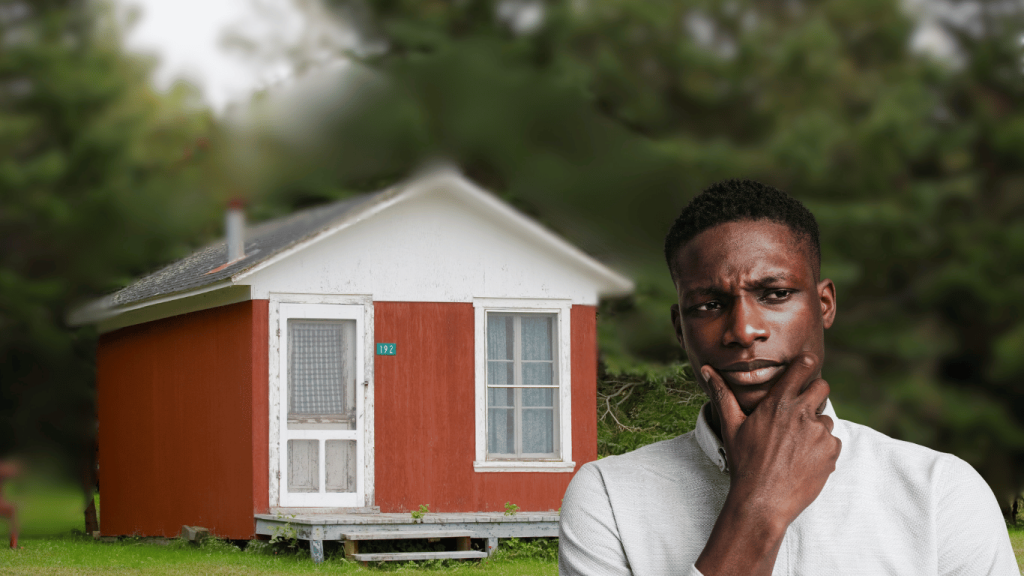
Disclaimer: This information is for general knowledge and guidance only. It does not constitute financial or investment advice. The following is just my opinion. Feel free to give yours in the comments below.

On March 31, 2025 the Bank of Zambia released the new Zambian Kwacha notes. The old notes will be valid for 1 year. First of all, I must say I love the look of the new notes including the sizes. I just wish we could all take care of the money and not fold it so much because it shortens its lifespan.
Now, there are many factors that affect the cost of construction but today lets just look at the introduction of the new currency. These are my initial speculations. Expect the cost of construction to likely go up. Why?
From my perspective, the introduction of higher value notes like the K500 kind of devalues it in terms of perspective. You can now buy a bag of cement with one bank note and even get some change. A bag of cement was trading at around 155-175 in March 2025. Let’s see what the price will be by May 2025 onwards. We will keep monitoring and update you. So expect some price fluctuations as the industry adjusts.
You might be wondering though, as a home builder, does the cost of construction ever reduce? On rare occasions. Your biggest expense on any project will be the cost of materials. One such material is cement because it’s used in the foundation and the superstructure even during finishes. One such rare occasion when the cost of construction reduces is when there is healthy competition by material suppliers. For example, when a new cement manufacturer entered the Zambian construction sector in the past, prices dropped significantly. It’s unlikely that we will see such a drop soon but we can only hope for the best.
The key takeaway here is that you should build as soon as practically possible based on your finances but please follow the right procedures and obtain building permission before starting. To get building permission you need a house plan designed by a registered architect.
One way to lock in the cost of construction regardless of new currency is to use a registered contractor. It may look more expensive at first but contractors take all the risk like currency fluctuations and the hassle of sourcing quality materials at a good price. The cost of construction also becomes predictable with a contractor because you lock them into a contract which has a fixed amount and desired outcome.
If you are ready to start your building project plus you already have an approved house plan and need a quotation for construction please get in touch with Sieben Construction for a quote for construction that you can lock in.
Share your thoughts on the new Kwacha notes. Post your comments below.



